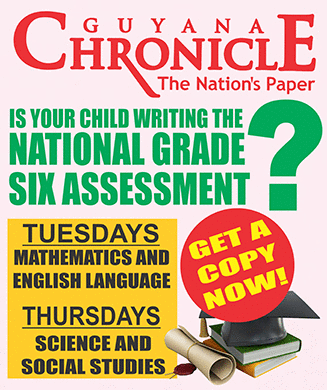THE deepening partnership between Guyana and the Kingdom of Saudi Arabia stands as a clear signal that small developing states and major global players can find meaningful common ground, one built not on fleeting diplomatic courtesies, but on tangible, mutually beneficial outcomes.
President Dr Mohamed Irfaan Ali’s recent meeting with His Royal Highness Crown Prince Mohammed bin Salman Al Saud in Riyadh marks a decisive step in elevating this partnership from one of potential to one of implementation.
The decision by both leaders to establish an “implementation and follow-up mechanism” is not mere bureaucratic language; it represents an acknowledgment that true cooperation demands structure, accountability, and clear results.
The areas identified for collaboration (energy, food security, biodiversity, sports, infrastructure, and investment) reflect an understanding that the 21st-century economy requires interconnected development.
For Guyana, a country rapidly emerging as an energy power while maintaining its leadership in climate and biodiversity advocacy, Saudi Arabia’s experience and financing capacity offer immense opportunity.
For Saudi Arabia, Guyana’s position as a stable, resource-rich nation in South America aligns well with its Vision 2030 ambition to diversify beyond oil and expand global influence through South–South partnerships.
This growing relationship has already yielded concrete achievements.
Through the Saudi Fund for Development, Guyana secured US$150 million in concessional financing for major projects, the Wismar Bridge and the Housing Sector Infrastructure initiative, both of which will significantly enhance connectivity and livability for thousands of citizens.
Similarly, the 2022 air services agreement opened the door to direct links between the Middle East and South America, an underexplored corridor ripe for trade, tourism, and cultural exchange.
Equally notable is Saudi Arabia’s recognition of the region’s food security ambitions.
At the 2023 CARICOM–Saudi Arabia Summit, chaired by President Ali, discussions led to the announcement of a US$25 million hydroponics facility for the Caribbean and a broader US$2.5 billion regional development fund.
Such initiatives highlight the value of Guyana’s leadership in bringing the Caribbean voice to global platforms and ensuring that partnerships serve not just nations, but regions.
Still, enthusiasm must be tempered by vigilance. The promise of international partnerships often falters in the implementation phase, lost to delays, bureaucracy, or shifting priorities.
The new follow-up mechanism agreed upon by President Ali and Crown Prince Mohammed bin Salman must therefore be more than symbolic.
It must function as a real accountability tool, tracking progress, ensuring transparency, and keeping both governments focused on delivery.
As Guyana advances its national transformation agenda and Saudi Arabia pursues Vision 2030, the partnership represents more than bilateral diplomacy, it is a test case for how emerging and established economies can jointly navigate global challenges in food, energy, and sustainable development.
The path ahead is promising, but it will demand persistence and pragmatism.
If both sides maintain their commitment to action over rhetoric, the Guyana–Saudi Arabia partnership could well become a model of how visionary co-operation can yield results that reach beyond borders, and transform the lives of ordinary citizens.

Guyana–Saudi Partnership
SHARE THIS ARTICLE :
Facebook
Twitter
WhatsApp



.jpg)





